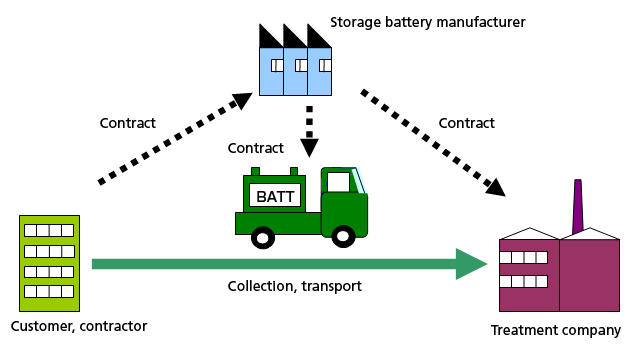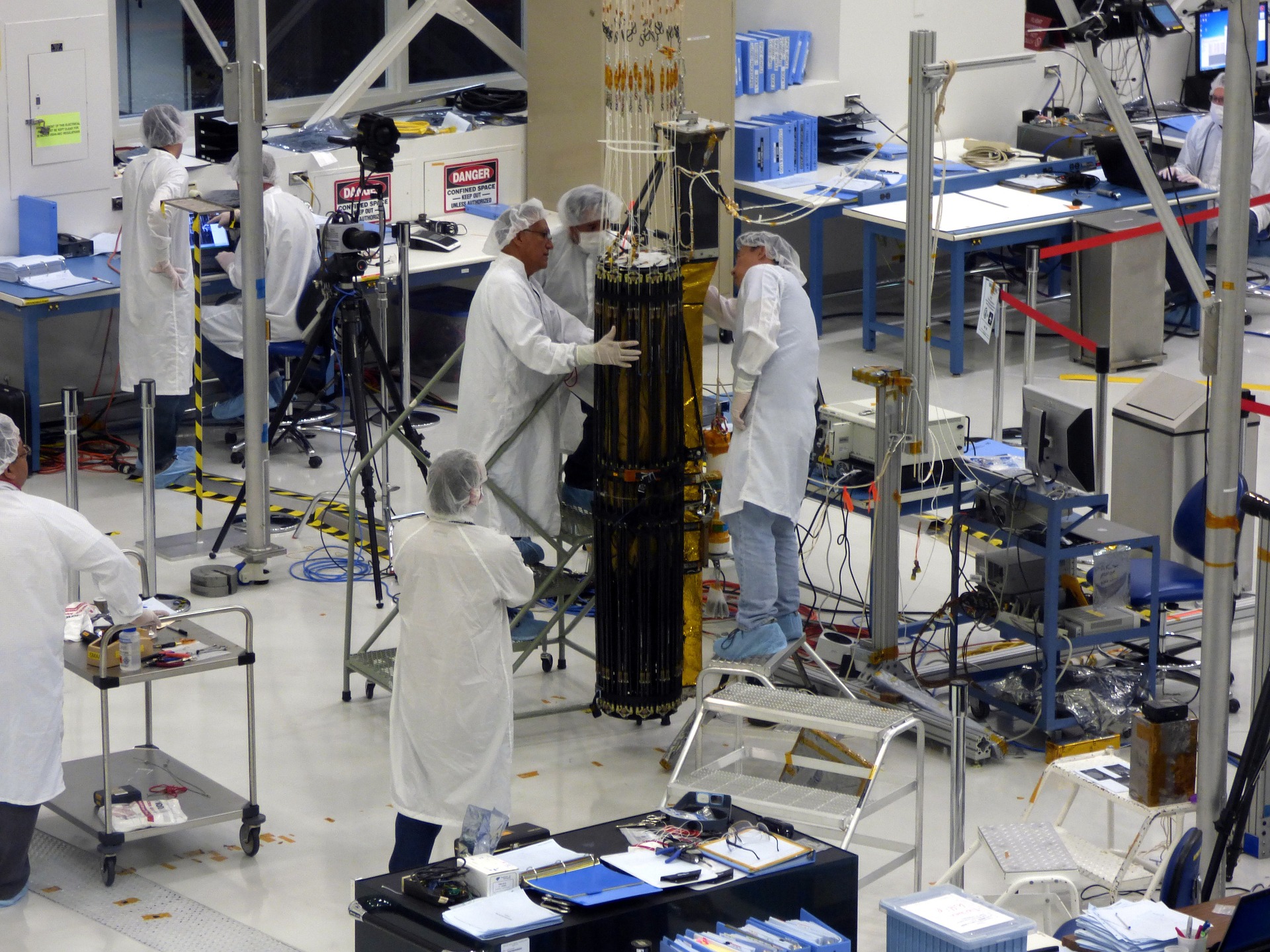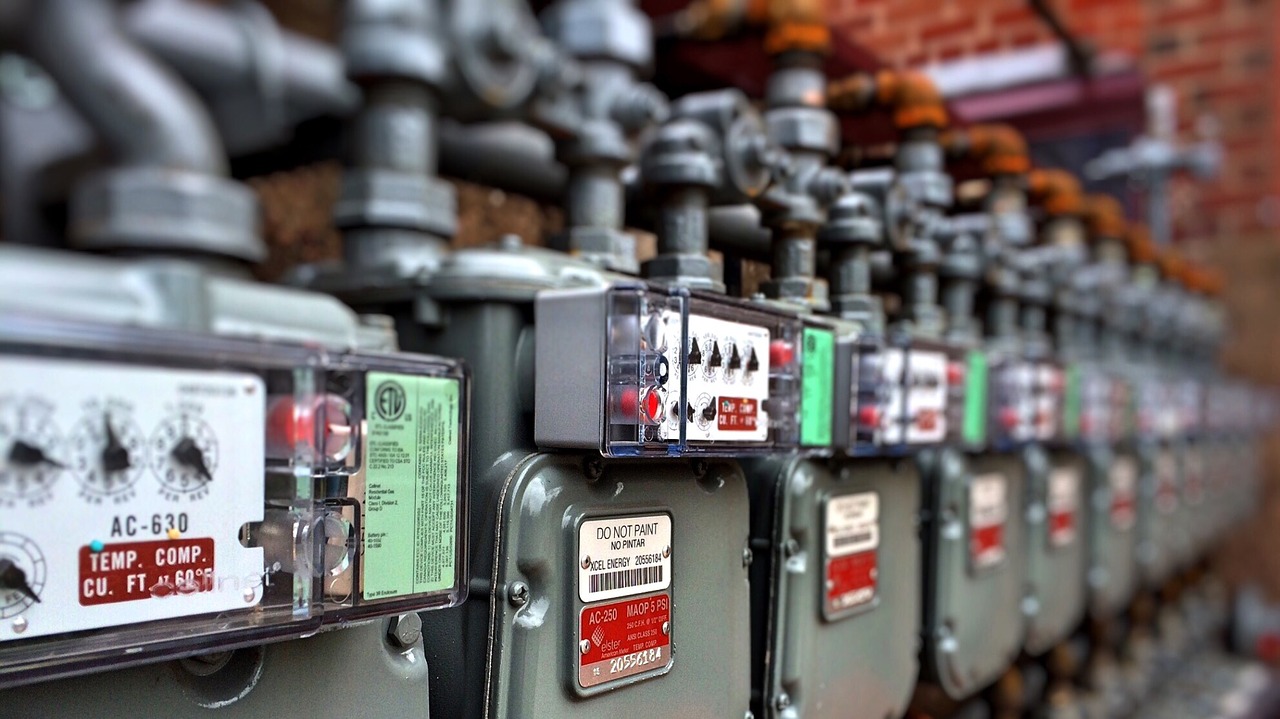Energy Storage Many to One - Storage Moving away from Shadow of Solar
innovation, technology, quality, renewable, energy

Traditionally India has been an energy storage country but this sector was always dominated by the Lead Acid series and never got the due attention. By and large energy storage has been generally used only for short duration backup application or off-grid applications with Renewables. However with the advancement in technologies and their commercialization there are many avenues that can be explored for Energy Storage as:-
Bulk energy storage
Batteries are used in small electronic and electrical appliances or as energy storage for UPS or in renewables for power smoothing. There has been a trend of increasing renewable generation all over the world. India is also targeting around 225 GW renewable generation by 2022. Renewables are known to have intermittent nature. In case of solar generation, energy is available only when sun is shining. And when wind is blowing, in case of wind generation. There is no control on availability of energy and it gets wasted if generated in excess.
To gain some control over the renewable generation, battery is used, as it stores excess energy and supplies it during absence of energy. This has been the major application of battery until recently. With massive investments in battery technology their prices are falling and this has made availability of battery for bulk energy storage possible. Bulk energy storage is becoming feasible with batteries and it has led to number of applications of storage.
Peak Demand supply
Demand is variable throughout the day and utilities are known to keep reserve capacity to supply peak demand. The sources which can be turned on and off quickly and most efficiently are used for supplying peak demand. Natural gas power plant or other fuel plant and pumped storage hydro plants are often used for supplying peak demand. The use of natural gas and other fuels is against the policy of renewable generation and is not eco-friendly as well. In case of pump storage they need suitable site to be installed, otherwise constructing them becomes unfeasible. This issue can be solved with help of batteries.
Batteries have become eco-friendly, thanks to their recycling capacity and battery chemistry. Also they can be installed very easily almost anywhere and can store energy during low demand. Availability of batteries at economical rates has made it possible to supply peak demand. It also improves efficiency of system.
Increasing efficiency
So far in grid the generating companies had to supply electricity as soon as there was demand. And also they could not generate electricity when demand was not there otherwise it would have to be wasted. This was because demand and supply has to be balanced all the time as there was no bulk storage of electricity available in grid. This caused electricity to be generated even when it was not efficient. Since generation had to work when load demands it irrespective of the efficiency of generation. This scenario is about to change with availability of advanced energy storage with Lithium Batteries having 95% efficiency like Li-Rack Eco.
The generation will work at maximum efficiency and the deficit in demand will be supplied by battery. If demand is less than most efficient generation then excess energy will be stored in battery. Thus batteries can be used for increasing efficiency of generation. The demand for electricity is rising and so is the generation being increased. But, the least-cost generations are mostly away from load centers. This causes increase in flow of power through the transmission network during peak demand. This increases the transmission losses to a large extent. This problem can be overcome by strategic placement of batteries.
The batteries which are placed near load centers can store energy during low demand and supply it at peak demand thereby helping in reducing transmission losses. Thus batteries can be utilized for increasing efficiency of the system.
Delayed need of infrastructure changes
As discussed above with strategic placement of batteries peak demand of load can be reduced. Increase in peak demand put strain on existing infrastructure of transmission grid. And it necessitates the need for increasing the transmission capacity. Using energy storage peak demand can be reduced and the need for investment in transmission infrastructure can be delayed. Energy Arbitrage is another opportunity provided by Energy Storage.
Energy arbitrage
Energy arbitrage is buying energy at low rate and selling is at higher rate. Using energy storage it is possible to buy energy at low rate and store it. And the energy can be sold when rates are high. JouLie+ is great system which can support many such applications at the MW scale.
Frequency Regulation
Whenever there in mismatch in supply and demand, the frequency of the system changes. The variation of frequency should be kept within limits, or it will lead to collapse of the entire system. Many black outs have been caused when frequency was out of stability limits. The mismatch in supply and demand may be caused by many conditions like faults in system or failure of any component. If the energy supply is more than demand then frequency of system increases. And if Demand is more than frequency drops in the system. Energy storage can perform function of frequency regulation by maintaining the supply and demand balance. The excess energy can be absorbed by battery when demand is less and deficit is energy demand can be supplied by it when generation fail to supply entire demand.
Voltage support
Similar to frequency regulation batteries can also provide voltage support with help of static converters. They supply or absorb the required reactive power thereby maintaining specific grid volt.
Spinning reserves
Spinning reserve is the reserve which can supply power to grid instantaneously when there is loss of generation. They are always connected to grid. Since most of generators have rotating component in form of rotor. It must be kept rotating so that generator can supply power immediately when required. Since it takes time for generator to supply power to its rated capacity if the rotor is not rotating. That is why it is called spinning reserve. Batteries can act as spinning reserve as they can store energy and supply it almost instantaneously like generator with rotating rotor.
Non-spinning reserve
Non-spinning reserves are not connected to grid and have generators with no rotating part so they take time for delivering power. They usually supply power within minutes. Energy storage can replace both spinning and non-spinning reserve.
Black start and ramping support
Black start is bringing a generation plant from shutdown to a specified power level within a specified time, without support from transmission lines. For black start normally diesel generator or if available hydroelectric generators are used. Bulk energy storage can perform this function of black start. The supplementary power needed for starting and shutdown of baseload generation can also be taken from this bulk energy storage.
Thus many applications are becoming feasible using energy storage alone. Today the Role of Energy Storage is much larger than just storing solar energy, let’s make the maximum use of it.



